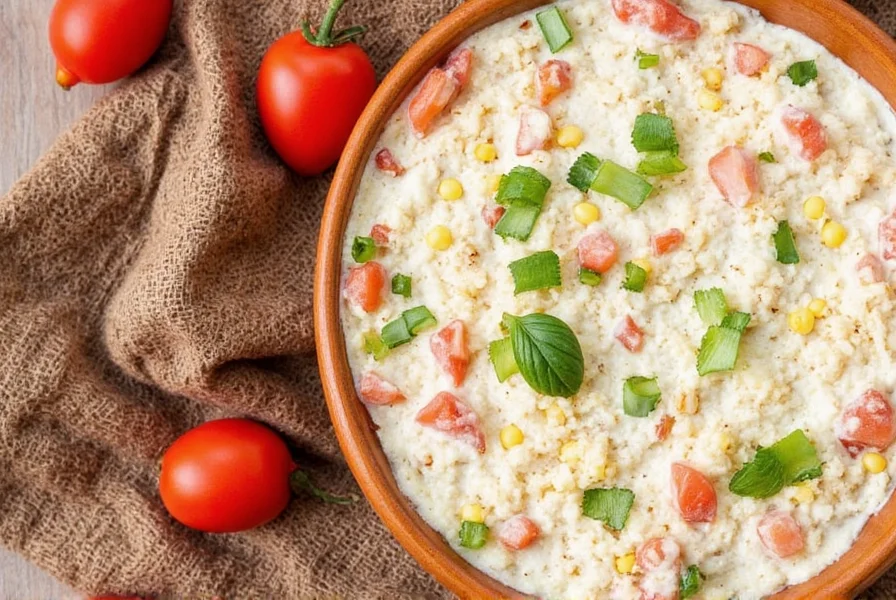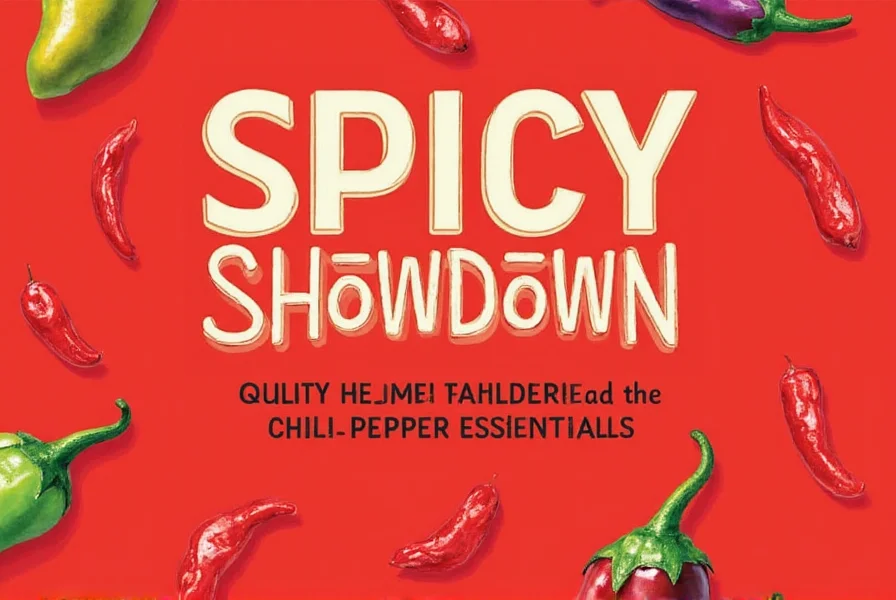Table of Contents
Introduction to Chili Pepper vs Black Pepper
Chili peppers and black pepper are often confused due to their similar names, but they belong to entirely different plant families and serve distinct culinary purposes. While chili peppers (Capsicum species) deliver fiery heat through capsaicin, black pepper (Piper nigrum) provides a sharp, nasal warmth via piperine. Understanding these differences is crucial for selecting the right spice for your dishes.

Key Differences Between Chili Pepper and Black Pepper
Despite sharing the word "pepper" in their names, these two spices have fundamental differences:
| Characteristic | Chili Pepper | Black Pepper |
|---|---|---|
| Plant Family | Nightshade (Solanaceae) | Piperaceae |
| Heat Compound | Capsaicin | Piperine |
| Heat Sensation | Mouth and throat burning | Sharp, nasal irritation |
| Scoville Scale | 2,500-1,500,000+ SHU | Not applicable |
| Culinary Use | Spicy dishes, salsas, hot sauces | Seasoning for savory dishes, pepper mills |
Understanding Spice Levels
Chili peppers are measured on the Scoville scale, which quantifies capsaicin concentration. Black pepper doesn't have a Scoville rating since its heat mechanism differs.
| Chili Pepper Variety | Scoville Heat Units (SHU) | Heat Level |
|---|---|---|
| Jalapeño | 2,500 – 8,000 | Mild |
| Serrano | 10,000 – 25,000 | Moderate |
| Habanero | 100,000 – 350,000 | Hot |
| Ghost Pepper | 1,000,000 – 1,500,000 | Extremely Hot |
Cooking with Chili Pepper
Cooking with chili pepper requires understanding its unique properties:
- Use Fresh vs. Dried: Fresh chilies provide bright, tangy flavor; dried chilies offer smoky depth. Choose based on your dish.
- Remove Seeds and Membranes: These contain 80% of the capsaicin. Remove them for milder heat.
- Pair with Dairy: Milk, yogurt, or cheese neutralize capsaicin due to its fat-solubility.
The Ultimate Buying Guide for Chili Pepper
When purchasing chili peppers, consider:
- Freshness Check: Look for firm, glossy skin without wrinkles or soft spots.
- Heat Level Selection: Match pepper variety to your desired spice level (see Scoville table above).
- Dried vs. Fresh: Dried chilies last longer and add smoky notes; fresh chilies offer vibrant color and texture.

Common Mistakes When Handling Chili Pepper
- Touching Eyes: Always wash hands thoroughly after handling. Capsaicin causes severe eye irritation.
- Overusing Heat: Start with small amounts and taste as you go. Remember: you can always add more heat, but you can't remove it.
- Confusing with Black Pepper: Never substitute black pepper for chili peppers in spicy recipes—they create completely different heat profiles.
Frequently Asked Questions (FAQ)
What's the difference between "chili pepper" and "chili peper"?
"Chili pepper" is the correct spelling, while "chili peper" is a common misspelling. The word "pepper" always has two 'p's in English. This misspelling is so common that many people search for information using this incorrect spelling, which is why we've made sure to address it clearly in this guide.
Why are chili peppers spicy?
Chili peppers contain capsaicin, a compound that triggers heat receptors in your mouth and skin. This is a natural defense mechanism to deter animals from eating the fruit. Humans are among the few mammals that enjoy this sensation.
How can I reduce the burning sensation after eating spicy chili peppers?
Dairy products like milk, yogurt, or sour cream are most effective because capsaicin is fat-soluble. Avoid water, which spreads the heat. Sugar, honey, bread, or rice can also help absorb capsaicin. For skin irritation, use vegetable oil first to dissolve capsaicin before washing with soap.
Are chili peppers good for you?
Yes! Chili peppers are rich in vitamins A and C, potassium, and antioxidants. Capsaicin has been linked to pain relief, improved metabolism, and reduced inflammation. However, people with digestive conditions should consume them in moderation.
How should I store fresh chili peppers to make them last longer?
Store fresh chili peppers in the refrigerator's vegetable drawer in a paper bag or perforated plastic bag. They should last 1-2 weeks. For longer storage, freeze them whole or chopped for up to 6 months, or dry them for future use. Dried chili peppers can be stored in an airtight container for 6-12 months.
Can I grow my own chili peppers at home?
Absolutely! Chili peppers are relatively easy to grow in containers or garden beds. They need 6-8 hours of sunlight daily, well-draining soil, and regular watering. Most varieties take 60-90 days from seed to harvest. Start seeds indoors 6-8 weeks before the last frost date for best results.
Why do some people tolerate spicy food better than others?
Tolerance develops as nerve receptors become desensitized to capsaicin over time. Genetic factors also influence sensitivity. Populations with traditional spicy cuisines often have higher tolerances due to generational consumption.
What's the difference between chili peppers and black pepper?
Chili peppers (Capsicum species) and black pepper (Piper nigrum) come from completely different plant families. Chili peppers create heat through capsaicin, causing mouth-burning sensations measured on the Scoville scale. Black pepper uses piperine for sharp, nasal heat without Scoville ratings. They're used differently in cooking—chili peppers for spicy dishes, black pepper for general seasoning.
Conclusion
Chili peppers and black pepper are distinct spices with different origins, heat mechanisms, and culinary uses. Understanding these differences helps you select the right spice for your recipes and avoid common mistakes like confusing the two. Whether you're adding heat to salsas or seasoning savory dishes, knowing when to use chili peppers versus black pepper elevates your cooking.










 浙公网安备
33010002000092号
浙公网安备
33010002000092号 浙B2-20120091-4
浙B2-20120091-4